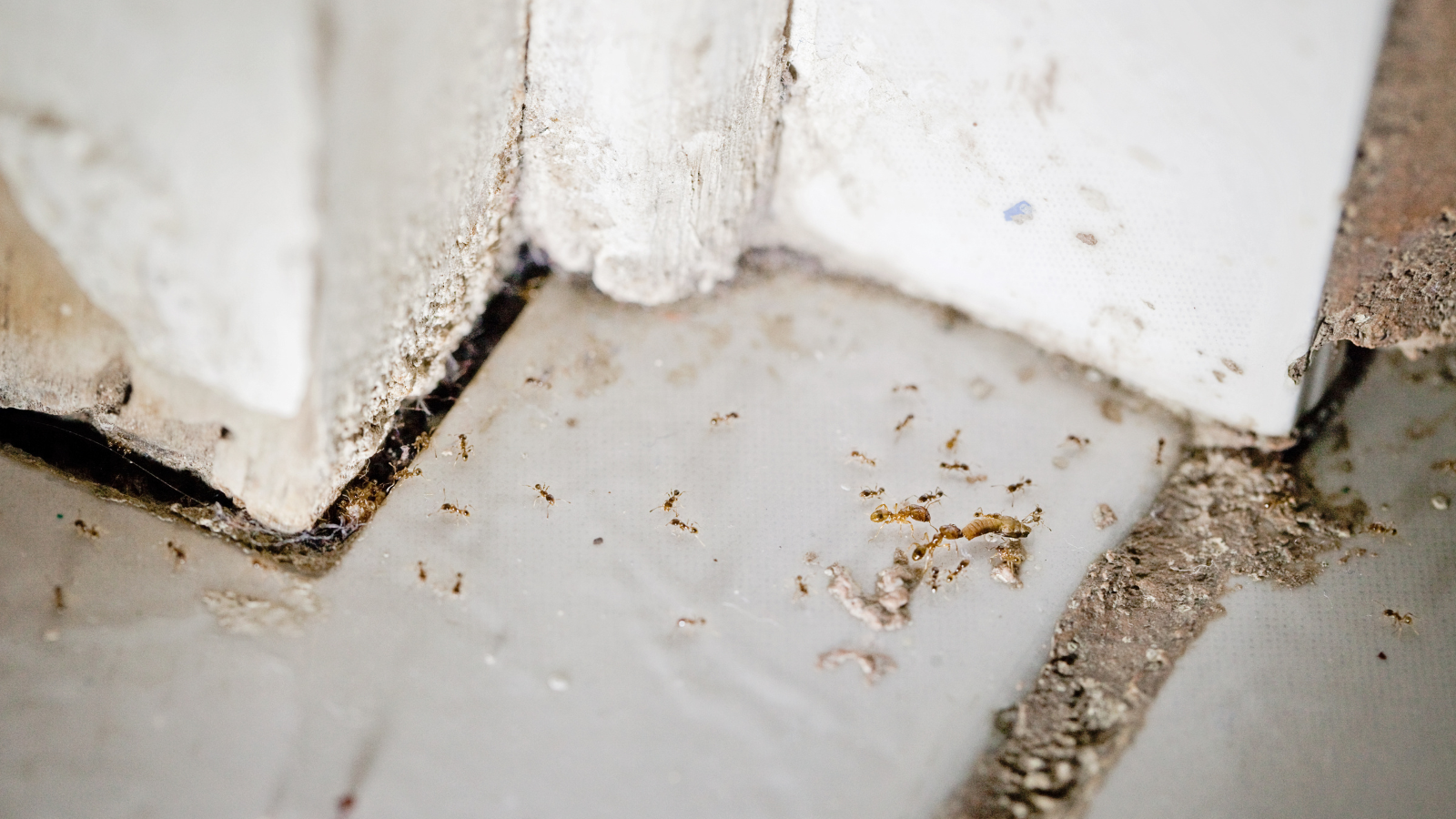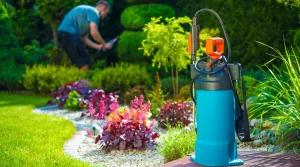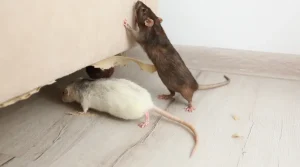Bed bugs, tiny creatures with a penchant for blood, pose significant challenges for both households and commercial establishments. Despite advancements in pest control, eradicating these resilient pests remains a formidable task, often requiring potent treatments. Among the most effective methods is heat treatment, it is becoming more well-liked because of its effectiveness. This piece delves into the financial impact of bed bug infestations and explores the effectiveness of heat treatments in their eradication.
Experience superior pest control and extermination services crafted for Thousand Oaks, CA, and the surrounding regions. Our professional team conducts comprehensive inspections at times that suit your schedule, developing personalized plans to address your pest challenges. Unlike competitors, we don’t base our pricing solely on property dimensions, ensuring fairness and cost-effectiveness. Reach out to Thousand Oaks Pest Control for further insights.
The Financial Toll of Bed Bug Infestations
Bed bug infestations can inflict significant financial strain on both households and businesses:
For households, expenses may include:
1. Professional Extermination Services: Conventional methods often necessitate multiple treatments, escalating costs.
2. Replacement of Infested Items: Furniture, mattresses, and personal belongings may require replacement.
3. Temporary Relocation: Families may need to seek alternative accommodation during treatment, incurring additional expenses.
4. Medical Costs: Allergic reactions and secondary infections from bites may necessitate medical attention.
Businesses encounter even more significant hurdles, such as:
1. Revenue Loss: Hotels, apartments, and other accommodations may experience a decline in clientele and face legal repercussions.
2. Damage to Reputation: Infestations can result in negative feedback, tarnishing the business’s reputation.
3. Operational Disruptions: Offices, retail spaces, and other establishments may need to close, impacting productivity and revenue temporarily.
Why Bed Bugs Survive Despite Heat Treatment
The resilience of bed bugs following heat treatment can be frustrating. Multiple factors contribute to their persistence:
- Uneven Heat Distribution: Bed bugs may survive if the heat does not uniformly reach the required temperature throughout the entire space.
- Lack of Proper Preparation: Objects providing insulation, like thick mattresses or heavy blankets, may shield bed bugs from lethal temperatures.
- Reinfestation: Bed bugs can re-enter treated areas through adjacent units or visitors, initiating new infestations.
How Heat Treatment Eradicates Bed Bugs
Heat treatment effectively combats bed bugs by increasing the impacted area’s temperature to levels fatal for these pests. Here’s how the process unfolds:
1. Preparation: Before treatment, the area is readied by removing heat-sensitive items and ensuring proper air circulation.
2. Heat Application: Industrial-grade heaters are used to elevate the space’s temperature to approximately 120-135°F (49-57°C).
3. Monitoring: Technicians utilize sensors and monitors throughout the process to ensure the temperature remains consistently elevated and evenly distributed for several hours.
4. Cooling Phase: After the treatment duration, the area is gradually cooled down to protect belongings and ensure occupant safety.
What Is the Price of Bed Bug Heat Treatment?
The size of the area, the extent of the infestation, and the cost of heat treatment for bed bugs are some of the variables that affect the price location.
Generally, homeowners should anticipate budgeting between $1,000 and $3,000 for comprehensive heat treatment. For businesses, particularly those with large spaces or multiple units, the cost may be significantly higher. However, it’s essential to perceive this expenditure as an investment in eradicating bed bugs and preventing potential expenses associated with persistent infestations.
How Thermal Processing Eradicates Bed Bugs in Pest Control
Heat therapy stands out as a highly effective method for eliminating bed bugs due to their vulnerability to elevated temperatures. Here’s a comprehensive overview of how pest control professionals utilize heat treatment to eradicate these pests:
1. Precise Heating: Specialized equipment is employed In order to produce and disperse heat over the afflicted region, ensuring thorough coverage, including hard-to-reach cracks and crevices where bed bugs often hide.
2. Lethal Threshold: Bed bugs and their eggs cannot withstand temperatures exceeding 113°F (45°C) for more than 90 minutes. Heat treatment typically targets temperatures ranging from 120°F to 135°F, guaranteeing complete extermination.
3. Extended Exposure: The infested area is exposed to the designated temperature for several hours. This prolonged duration ensures the elimination of bed bugs throughout all phases of development, from eggs to fully grown adults.
4. Ongoing Monitoring and Adjustment: Technicians continuously monitor temperature levels and adjust equipment as necessary to maintain consistent heat distribution and eliminate potential cold spots where bed bugs could survive.
Conclusion
Bed bug infestations can place significant financial strains on both households and businesses. Expenses may encompass treatment costs, replacing contaminated items, revenue losses, and reputational harm. Heat treatments provide a robust solution by utilizing high temperatures to eradicate these pests.
However, precision is crucial for heat treatment to achieve optimal effectiveness. Adequate preparation, consistent heat application, and professional guidance are vital. Despite potentially substantial initial costs, the long-term benefits—including peace of mind, protection of belongings, and prevention of future infestations—justify the investment.
Heat treatment stands as an excellent option for combating bed bugs as it avoids chemical use and yields thorough outcomes. Embracing and implementing such effective strategies can alleviate the financial and emotional burdens associated with bed bug infestations, fostering healthier and happier living and working environments.




